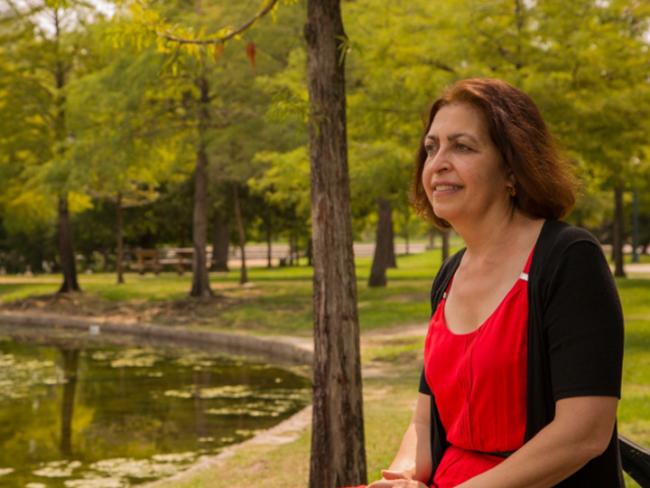Director's Letter, Summer 2022

With the 2022 Hurricane season underway, I invite you to take a moment to reflect on advances made over the past five years since Hurricane Harvey.
First and foremost, we see heightened awareness and recognition of our vulnerabilities to hurricanes and flooding and the compounding and cascading impacts of these extreme events that disrupt every aspect of our society. Many reports, publications, presentations and studies have examined a multitude of impacts associated with Hurricane Harvey and other extreme events that have challenged the US over the past five years. We have developed advanced technologies and predictive capabilities, models, and simulation tools for many aspects of natural hazards that have enabled us to understand our vulnerabilities and assess our risks.
Secondly, we have garnered many lessons learned out of these disasters, not the least of which is recognizing the need to engage communities in the conversation as we develop mitigation measures and solutions. Engaging communities early on and often ensures buy-in, climate equity, and environmental justice, and a truly sustainable process towards resilience. We have learned that we need to better understand the interdependencies between environmental, ecological, infrastructure, and human components of a given region to be able to address climate impact mitigation and adaptation. We have also learned that we need to involve diverse scientific disciplines to develop comprehensive solutions and inform decision-making at multiple scales in space and time.
Thirdly, but perhaps most importantly, we see a shift in our collective thinking and a drive towards a better understanding of the interactions between humans and their built and natural environment. These recurring extreme events and their exorbitant economic costs have incited within our society a national drive towards resilience and have incentivized us to look more closely at the attenuative role of natural infrastructure especially along coastlines and more vulnerable urban areas. The funding for infrastructure could not have been more timely as we embrace our risks and vulnerabilities and re-envision our infrastructure to serve our society’s most pressing needs, mitigate future disasters, and reduce our carbon footprints.
With the conclusion of the second part of the TAMEST summit on natural hazards, we begin our second summer virtual series by placing Infrastructure Resilience in the Spotlight. The first speaker in the series, Dr. Adam Rose, will address the economic costs of business disruption in marine transportation infrastructure.
Join the conversation.